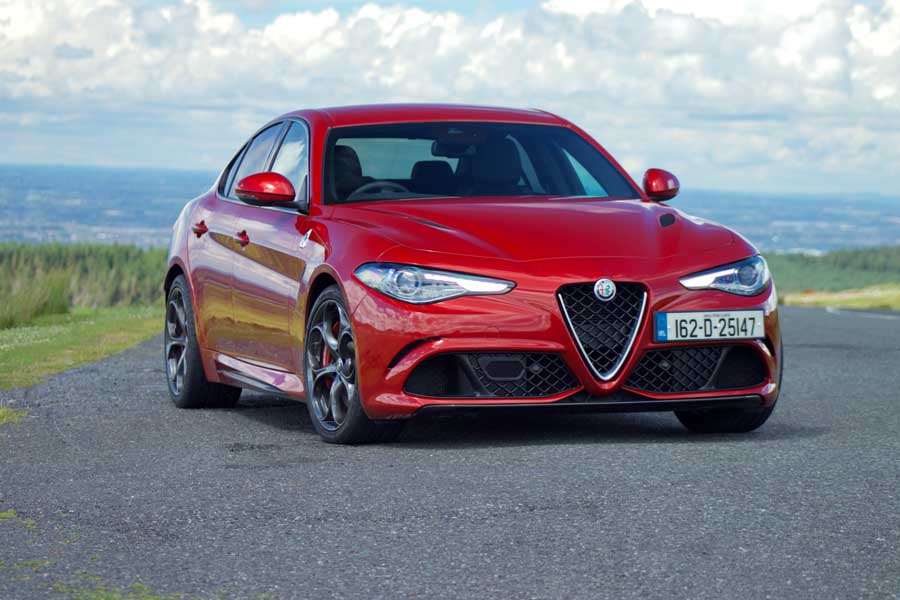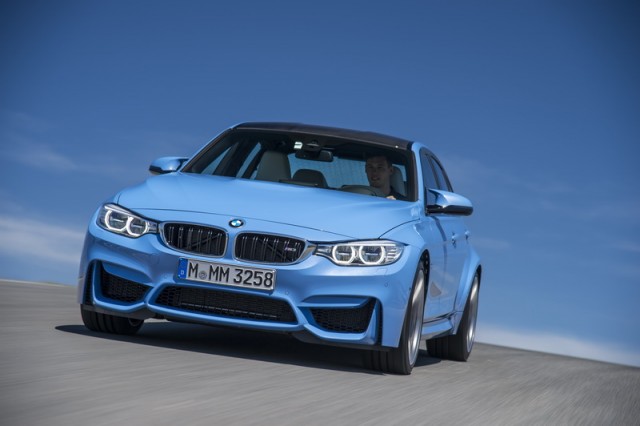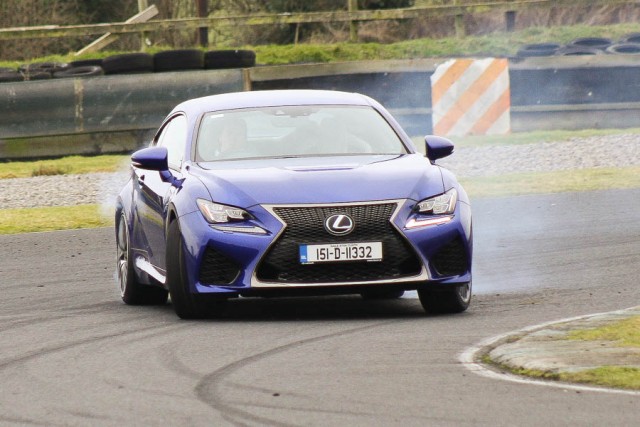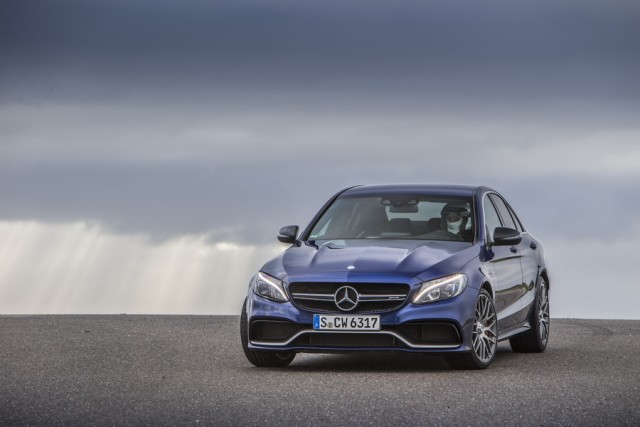Good: Power, steering, noise, looks.
Not so good: poor infotainment, some poor cabin plastics, not cheap.
Remember us, this way. When everything's electric, when nothing has a steering wheel, when the roads of the world are populated with quasi-intelligent ambulatory pods that wink their anthropomorphic headlights at pedestrians, when all has fallen silent and the apes have taken back what's theirs, remember us this way.
I don't mean to be maudlin or anything, but the Alfa Romeo Giulia Quadrifoglio is one of the last. Not the very last, not the final, not the ultimate nor the pen of the ultimate, but let's face it - how much longer will conscience, legislation and angry polar bears allow us to make cars such as this? Family saloons with the engine from a Ferrari?
Well, not quite from a Ferrari. Or at least not yet. Yes, this twin-turbocharged 2.9-litre 90-degree V6 (just roll that technical description around your tongue, like a mouthful of cognac, for a minute...) is supposedly related, pretty closely, to Ferrari's 3.8-litre turbo V8. True too, this 510hp engine (another delicious mouthful) will more than likely make an appearance in Ferrari's 'affordable' modern-day Dino next year, but apparently the forces that be at Maranello don't much like people thinking that they can buy a Prancing Horse powerplant in a cheap-o saloon, so Alfa is only allowed to admit to the connection in the sotto-est of voces.
I say cheap-o, but the price tag hardly matters, really. Actually, Alfa Romeo wants to charge you from about €100,000 for this loftiest of its new Giulia range. That's somewhat more than twice the price of a standard Giulia, but as I say, that doesn't really matter. Why not? Because no-one's going to buy one very much, at least not here. They'll sell well in the UK, in Italy, in Germany, or at least relatively so, but that doesn't matter either. The price doesn't matter because this car is also as good as a sure-fire investment gets these days - last year, an original Giulia GTA from the sixties sold at auction for close to €500,000, so lay this Quadrifoglio down like a fine wine and it'll keep your kids in houses.
That's still not the point, simply because money isn't the point here. Mechanicals are the point. And no, I don't mean the technology, although god knows the Giulia comes with plenty of that. Four-arm link rear suspension, a rear differential that actively distributes engine power from side-to-side, composite materials for lightness, adjustable suspension, 8.8-inch infotainment screen. All of that is nice, but it's not the point.
There is point in the engine, though. A power output of 510hp, coupled to 600Nm of torque and whip-crack-away throttle response, reveals that this is a proper engine. Yes, in the modern idiom it's downsized and turbocharged, but it still sounds, feels and goes like a real engine. It sings a mixture of baritone bass and alto soprano in the same breath and if you switch it to Dynamic mode when passing through a tunnel, La Scala will never sound as good again. It thrusts the Giulia from standing still to 100km/h in 3.9 seconds if you hook it up right, but good luck doing that: switch the drive mode selector to Race (which you're really, really not supposed to do on the public road) and the Giulia won't go anywhere, at least at first. Instead it will sit there turning its rear Pirellis into Latex Fricassee, until at last grip overcomes grunt and you propel up the road like shot from a cannon.
Thankfully, the Giulia is not all bombast and noise. Turn the dial back down to N for normal or A for advanced efficiency and the Alfa copes perfectly well with bumpy, rainy Irish roads. Even soaking showers and twisty L-roads hold no fear for it, the power and torque being parcelled out in a far gentler manner in A-mode. It's hardly languid though. Mash the throttle and the Giulia's sound and velocity will quickly remind you that, whatever the electronic switch says, this is a venomously rapid saloon. One that returns a reasonable, by the standards of the class, 35mpg on the motorway, mind.
It also has utterly delightful handling, which really is adjustable via that 'DNA' selector. A means it's stable and surefooted, also true of N. D makes it rather more playful, with some swing to the tail and a harder, more concussive exhaust note. Race is just full on and honestly it's best not attempted unless you're (a) on a deserted airfield and (b) Pentti Airikkala reborn. No safety net, here.
It does help that the steering is among the best in the class, better by far than that of the rival BMW M3, with lovely weight and feedback, and a wonderfully slim, tactile wheel rim.
As for quality? We've already heard a few horror stories about Giulia quality, but all we can say from our own experience is that nothing broke, nothing fell off, nothing rattled.
Again, this doesn't matter. This isn't important. What does matter, what is important is that it has a bright, shiny, red starter button. This tiny disk of plastic is the link between you and all that wonderful engineering and plumbing. The link between you and all of the efforts of the Alfa engineers who have created and crafted an engine and chassis that makes you feel like a racing driver, that makes you whoop with happiness and weep for the future at the same time.
Because soon, those starter buttons won't do that. They'll just close an electrical circuit that turns over control to the microchips and you'll get where you're going without fuss, without noise, without an enamel four-leaf clover badge on the front wing, or fillet of carbon fibre for a boot spoiler. Is that future more reliable, more environmentally friendly, more useful to more of us? Yes, without question, and equally without question is that it is a good thing. But it won't make me laugh, it won't make me smile, it won't make we wake early to go and find some quiet roads, some empty tunnels to unleash that six-pot orchestra again.
Is that important? No. But, still, remember us this way.






























